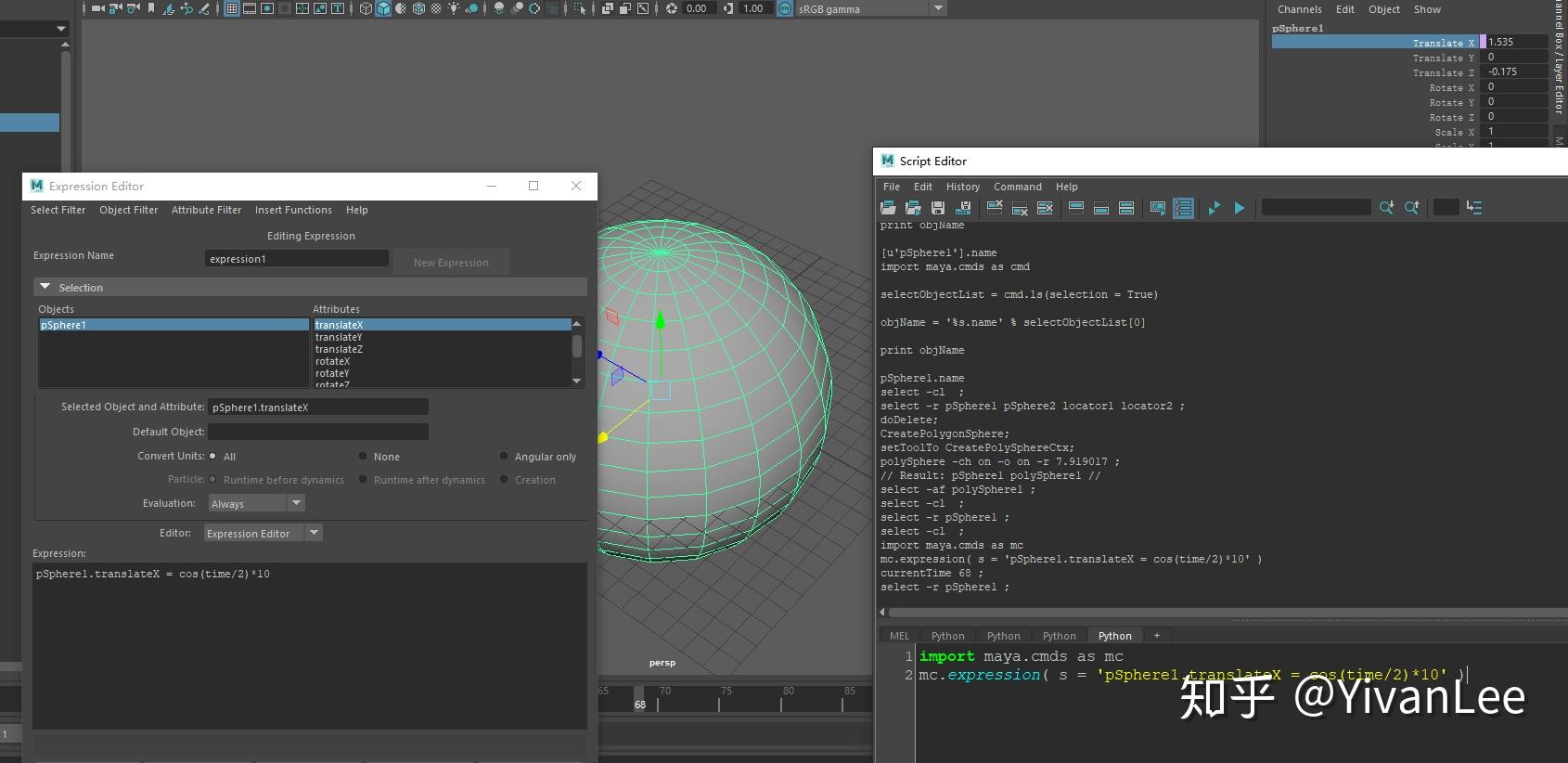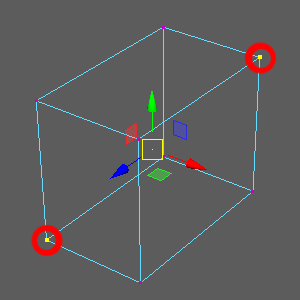

This flag specifies the maximum number of elements to be Will be interleaved with object names so the result will beįlags allPaths, assemblies, cameras, dagObjects, dependencyNodes, exactType, flatten, geometry, ghost, head, hilite, intermediateObjects, invisible, leaf, lights, live, long, materials, noIntermediate, nodeTypes, objectsOnly, partitions, planes, readOnly, recursive, references, renderGlobals, renderQualities, renderResolutions, renderSetups, selection, sets, shapes, shortNames, showType, tail, templated, textures, transforms, type, untemplated, visible Long name (short name) If type names are requested, using the -showType flag, they Objects when used in conjunction with the -selection flag. Scene but it can also be used to filter or list the selected Match objects based on their name (using wildcards) or based on theirīy default ls will match any object in the

The most common use of ls is to filter or Optionally the type names) of objects in the scene. ,, ,, ,, ,, ,, ,, ,, ,, ,, ,, ,, ,, ,, ,, ,, ,, ,, ,, ,, ,, ,, ) Note: Strings representing object names and arguments must be separated by commas. select( nodes, hierarchy = True, replace = True) If len( nodes) Select Hierarchy as trick."""Ĭmds. List: The highest nodes from the input nodes. Nodes (list): The nodes in which find the highest in hierarchies. The "highest in hierarchy" are the nodes closest to world: top-most level.

"""Return highest nodes in the hierarchy that are in the `nodes` list. Note: The `node` *must* be the long node name. """Iter parents of node from its long name. """When using with allDescendents=True it will only return the first instanced child.īelow are some example functions that correctly return all instanced children where they are "somewhat" optimized to rapidly return a result as opposed to slow recursive queries.


 0 kommentar(er)
0 kommentar(er)
